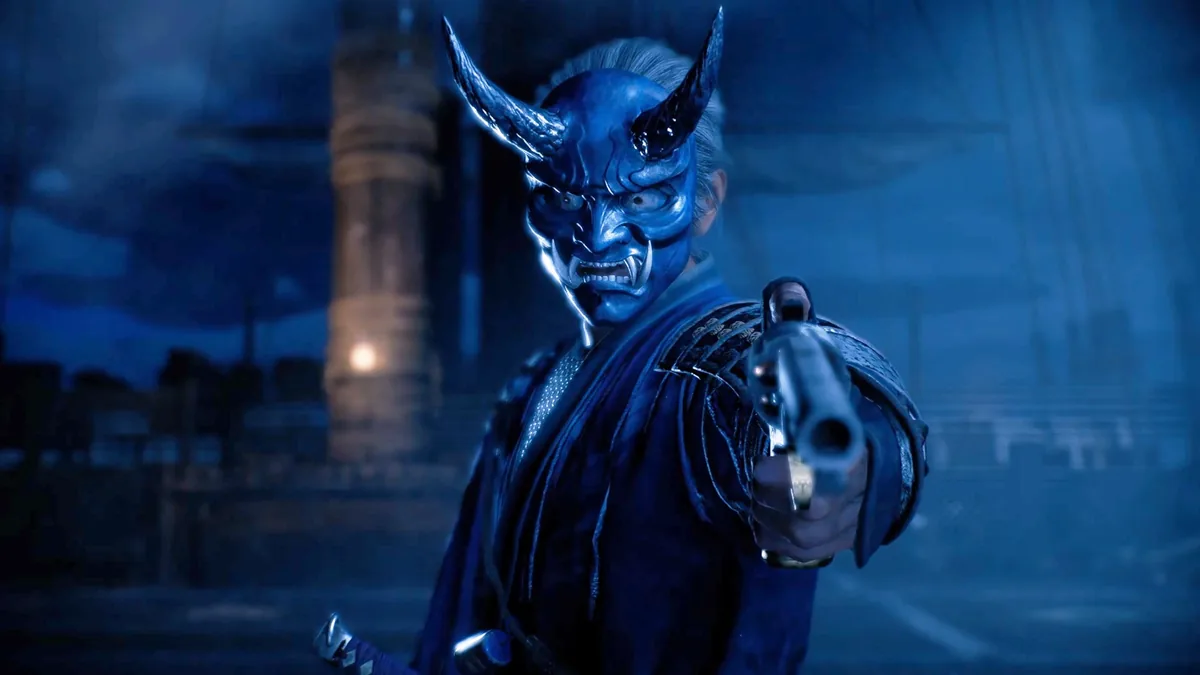Without a doubt, Rise of the Ronin is a game of highs and lows. In terms of plot, it couldn’t be set in a more shaky time in Japan’s history: the mid 1800s, when the country finally opened its doors to the outside world and its culture was so deeply influenced by the Western countries. And while it most certainly does evolve the formula of Team Ninja’s previous works, at times it can feel like moving to open-world was a misstep.
Like last year’s Like a Dragon: Ishin!, Rise of the Ronin takes place during the Bakumatsu period (1853-1867), when the Shogunate was just about over and a revolution would take place, which would set the stage for Japan’s modern political system. You play as one of two twins raised and trained in the ways of the assassins by a secret group of warriors hellbent on taking down the current regime.
After getting separated from your sibling, you end up going to Yokohama, hot bed of all the intrigue going on as Japan is about to finally sign a commerce treaty with the United States, basically opening the country up from its isolationist policies that had lasted for almost 300 years up to that point. Brushing shoulders with real-life figures such as Ryoma Sakamoto, Matthew Perry (not to be confused by the recently deceased Friends alum), and Souji Okita, to name a few, you end up having your finger in a lot of pies throughout your time playing, which is to say many, many hours and a lot of running around.
Rise of the Ronin could be summed up as the culmination of Team Ninja’s continually evolving formula of action games. If you’ve played any of their previous titles in the genre, you’re going to feel right at home here. It’s got the same parry and counter, ki regeneration and basic movement seen in Nioh and Wo Long: Fallen Dynasty, and much the same way as those, you’re also bound to be buried by loads and loads of near-useless gear along the way. But differently from anything that’s come before it, it’s an open-world adventure.
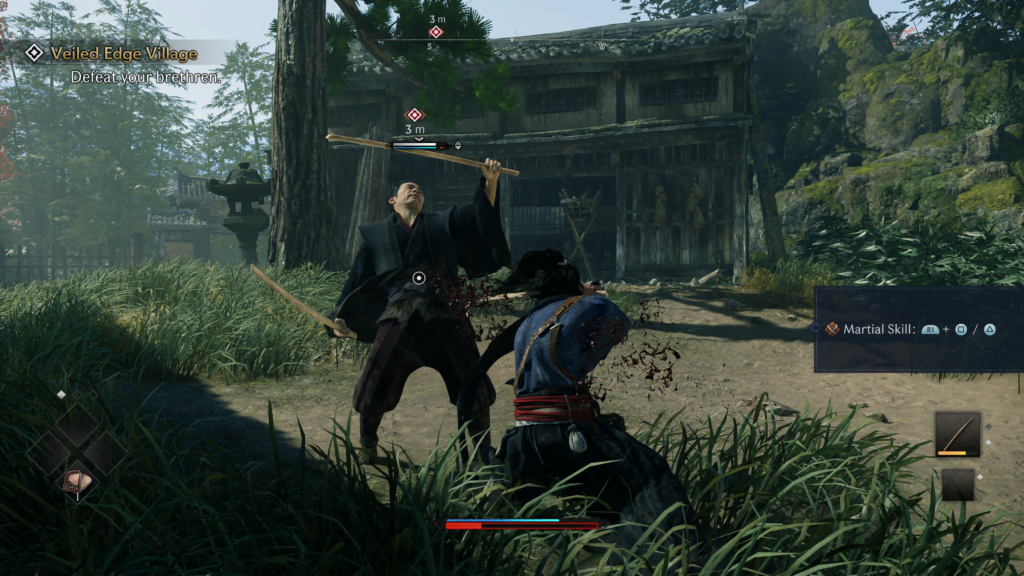
So how did they nail making an open-world souslike? It depends on how you look at it. If you come into this expecting to engage as you would in Dark Souls, where the same layout and enemy placement is to be expected with each new run, you won’t find it in this game outside of the story missions. The world that you get to explore is basically akin to the more recent Assassin’s Creed games pre-Mirage, where the map is littered with activities and you’re free to engage with them as you make your way through the story.
Granted, when you do indeed start doing missions, you’ll find them to be much smaller, condensed affairs especially compared to either Nioh games, something a little more akin to Wo Long, but still much less involved. Basically, you get to clear a tiny map of enemies, and by taking out the strongest of them, you make the end boss less of a hassle to defeat. In between these bouts, you get to activate standards like you would do in Team Ninja’s previous game, but instead of getting stronger with each one, you only truly get a checkpoint.
Scattered around the game’s surprisingly huge maps are also the same standards, and they work pretty much the same way, with the added benefit of being able to fast travel to them, as well as giving you the opportunity to cash karma points into skill points. Karma is earned by engaging with activities such as clearing out locations that were taken over by bandits, side quests or simply finding collectibles, which include petting cats. If you happen to die before reaching one of these checkpoints, you’re forced to engage in Rise of the Ronin’s equivalent of a corpse run, now called a vendetta.
It’s exactly that: you get a go at the enemy that offed you in order to regain your lost karma. Tied to that is a fully-featured bond system, yet another element that’s been carried over and expanded from Wo Long. Each area in the game is split into smaller ones and you get to level up your standing as you finish doing the aforementioned activities. Bond also is struck between the protagonist and the allies they meet as you play, which influences their power and the amount of benefits you get by keeping them happy.
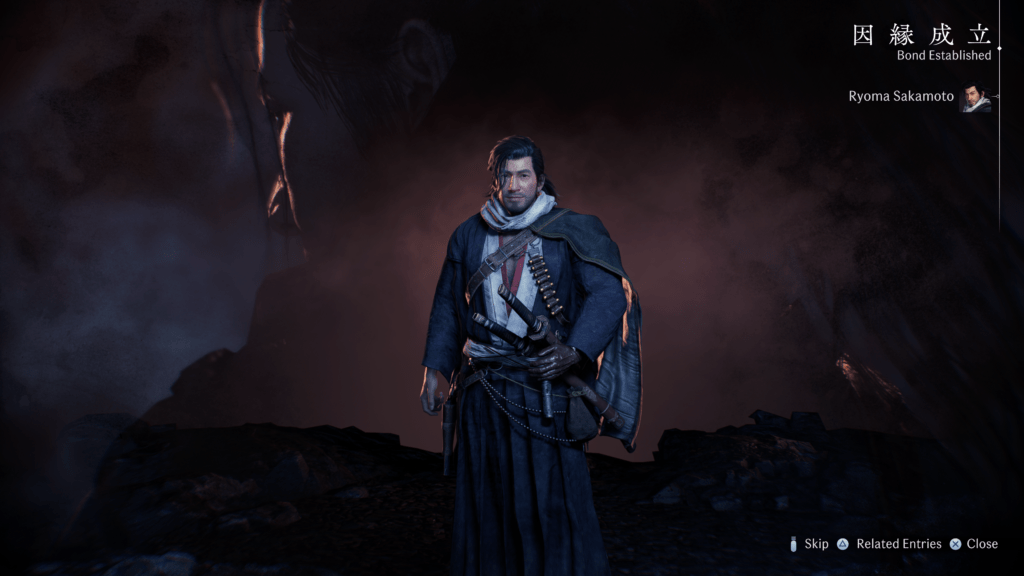
That’s where relationships come into play. You can give gifts, take people out on dates and even get romantically entangled with any of them throughout the game. So it’s just not a matter of taking them with you on missions like you did in Fallen Dynasty, but you also have to keep tabs and satisfy them outside of them. In place of past games’ stance system is now interchanging combat styles for every weapon. By building upon your bounds, more become available, and they’re not just for show since underneath that is a complex system of rock-paper-scissors between weapons and styles and how one in particular can be better than the other in particular encounters, allowing you to change them on the fly as needed.
If things weren’t complicated enough, there are each ally’s political views which influence not only how you interact with them but how events in the game play out. Split between loyalists to the Shogunate and against, you eventually have to pick a side, which in turn locks your story progression in favor of one of various paths. And it’s not exactly as binary as it sounds, which would be a bit boring if that were the case here. Given that you are basically a free agent, it’s very possible to play some of column A while keeping B happy, or something else among those lines. That’s an aspect of Ronin I’m still actively exploring and enjoying a lot.
With that said, you end up working through a very involved unlock system for every manner of equipment and NPC service that Rise of the Ronin has to offer. While none of those really play any part in actually finishing the game, it’s a good idea to work at least a little bit into increasing your standing, as some of Ronin’s best gear is locked behind it. Still, it’s also completely possible to just ignore it completely and just focus on beelining the story, it’s just way more difficult to do so, not just because of your equipment, but due to your level.
It doesn’t get as bad as Assassin’s Creed Origins and the games that came after it, but your level does matter when it comes to the opposition you face during missions and out and about the world. You are free to tackle them regardless if you feel that you’re up to the challenge. Admittedly, during my time playing, I opted for balancing between going through the notions of the open-world design and the path of attrition depending on my mood, and more often than not, I found myself enjoying it more than going exclusively one path or the other. Ultimately, it’ll be up to you whether or not to play the level game here.
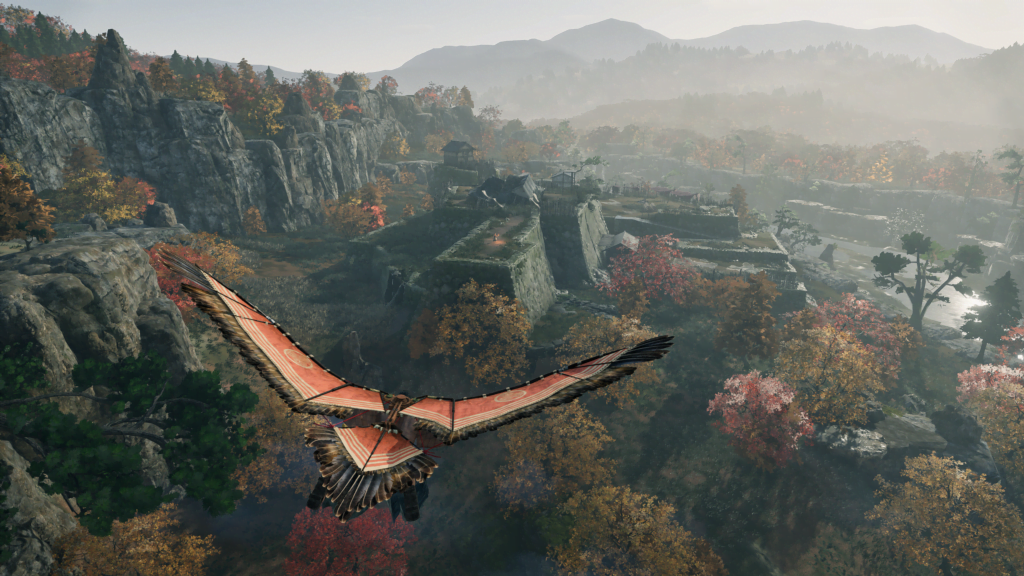
For as much as I could go on about the merits of open-world game mechanics, and boy, there’s a whole lot to it in Rise of the Ronin – you can spend dozens and dozens of hours enacting your samurai dream to your heart’s content, there’s definitely a whole lot to do here for sure – it’s worth praising Team Ninja for sticking with their guns. It would’ve been understandable, still frankly disappointing to see them following the path of Elden Ring and just shoehorn a Nioh-ish game into it, but they instead opted to do their own thing here. And in most regards, they have succeeded in making Ronin feel like something different.
That thing, though, might not be everyone’s cup of tea. To me, someone who tends to get fatigued by open-world games, having to review a handful of them every year, on one hand I can see the value in having such an involved game with so much to see and do as I’m quite enamored by the setting of the game. On the other, though, it can sometimes feel like I’m simply ticking boxes and working towards the platinum trophy just because. Activities tend to feel similar the more you do them and the grind that’s inherent to this sort of game is unashamedly there for all to see.
There’s also the elephant in the room: Rise of the Ronin’s less than stellar presentation. At times, it looks rough on the eyes, such as the primitive water effects, draw-in during fast movement, simpler character models and the downright silly way destructible objects and corpses tend to disappear right in front of you. Counter to that, though, is the sheer amount of detail that goes into portraying the unique time period the game is set in. The cities and the countryside are vibrant and lively, and albeit rendered with some simplicity when it comes to geometry, it comes together nicely more often than not.
This is a game that displays the conflict between ambition, technology and time budget well. It’s got a lot to it and for the most part, the content is done in more than decent quality, and in order to get it all working in tandem, it’s very likely using the PlayStation 5’s rendering capabilities in ways other than simply looking pretty, hence it having a performance mode that does indeed make it run butter-smooth. But it also speaks to Team Ninja’s cutthroat release schedule. Wo Long: Fallen Dynasty only came out last year with that having followed Stranger in Paradise: Final Fantasy Origin from 2022.
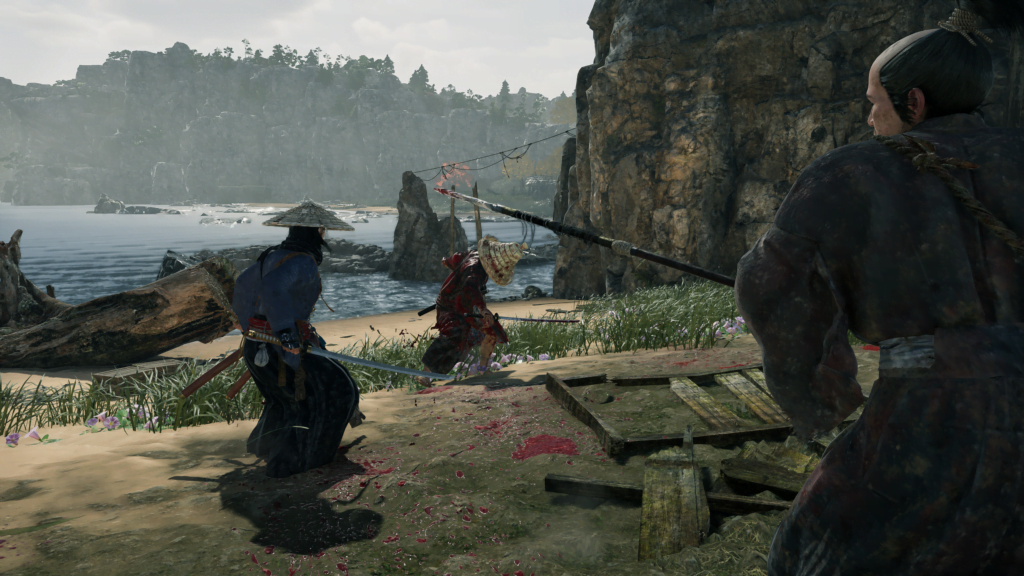
They’ve been churning out game after game and it makes me wonder what would’ve happened to Rise of the Ronin if it had as large of a timeframe design-wise compared to other PlayStation 5 exclusives. That’s not to say that the end product here is worse than any other of Sony-backed games for their system, especially considering that for what it is it’s already deeply impressive in terms of scope. It just makes me wonder what it would have been like without having to meet the obvious quota that the studio has been under for the last decade or so. Maybe all the noticeable issues with graphics would be dealt with? Who knows!
What as someone who’s enjoyed Team Ninja’s games even before its restructuring, with the Ninja Gaiden reboot figuring among my favorites of its console generation and both Nioh and Nioh 2 fierce rivals to Bloodborne for the #1 soulslike spot in my heart, is that Rise of the Ronin is a conflicting beast. I laud it for its ambition and overall realization, with Team Ninja’s continually constructing upon the strong foundation it came up with for their games, Each new one feels like an evolution of what came before it. At the same time, I’m just tired of open-world games and for all that it is, and there’s a LOT, it’s still one of those in the end.
It’s also worth pointing out that in terms of story, this is much more contained when it comes to sheer ridiculous liberties than what came before it. Surely there are moments when your suspension of disbelief is put to the test, though that happens in favor of the action rather than, say, having Ieyasu Tokugawa turn into a huge monster and fight you tooth, claw and nail. In this, it has lots in common with Ryu Ga Gotoku Studios’ games and their bending reality to its limits.
Without the time crunch to get a review out for it, Rise of the Ronin would be the sort of game that I’d keep on the backburner to come back to every now and then. It’s something I’d rather not rush through as I want to hear what it has to say, not just in regards to its narrative, but as someone who’s keenly interested in its setting and the way in which it portrays a Japan that was in a deep identity crisis. With this and excellent new Shogun show, the true battle is finding the time to devote to them as they justly deserve.

